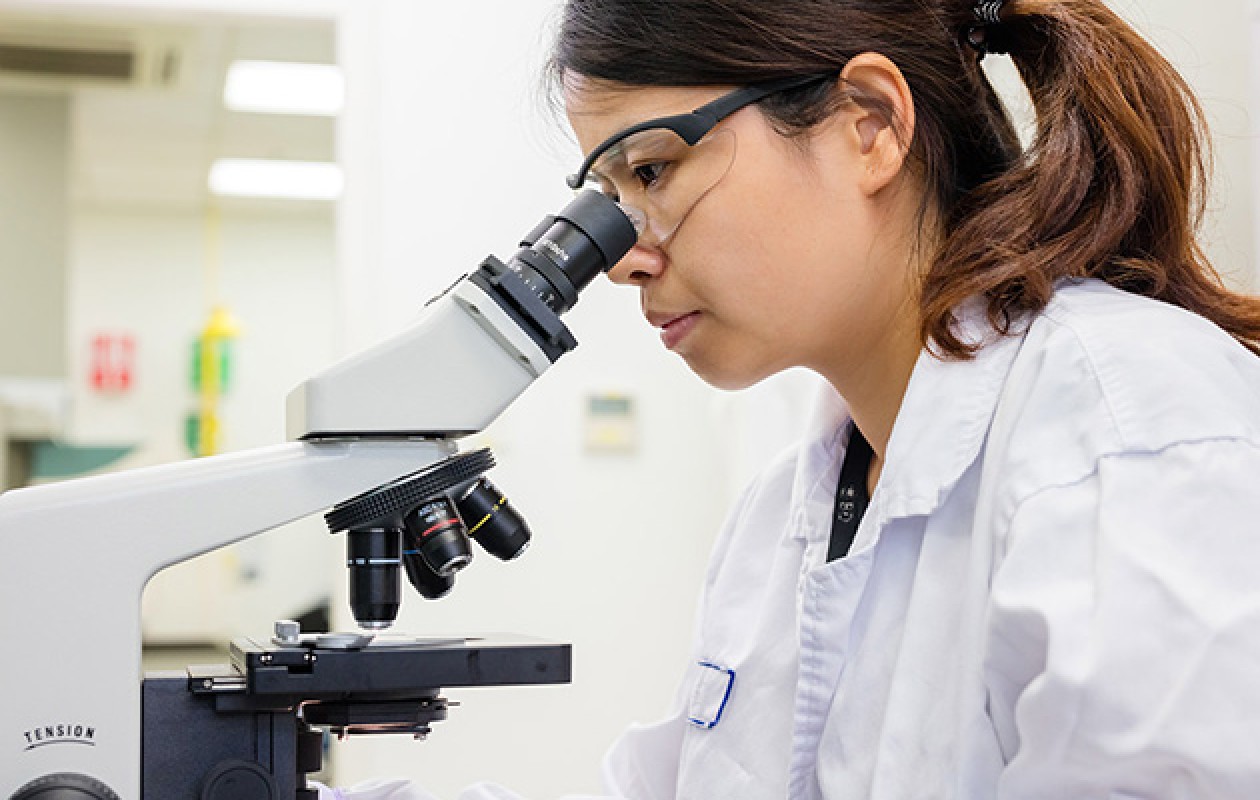HPV primary screening requires reliable HPV tests

Greater protection against cervical disease
The introduction of cytology-based screening – or Pap smear – in the 1940s has largely contributed to reducing the mortality of cervical cancer.1,2
Today, because of its proven clinical superiority in cervical cancer prevention, the WHO strongly recommends
HPV primary testing over cytology for screening programmes.2
HPV-based screening compared to cytology-based screening provides greater protection against invasive cancer,
allows for longer screening intervals for women* with negative screening results, and supports self-collection.3-6
The shift to HPV primary screening makes it essential to use reliable HPV tests that are
clinically validated for longer screening intervals and approved to use with self-collected
samples in a vaccinated population.
Choose BD Onclarity™ HPV Assay.
Flexibility in screening paradigm and sample type
Results you can trust
Greater protection against cervical disease
Longer screening intervals
Possibility to use self-collection
Supporting and monitoring HPV vaccination
What else can extended
genotyping do for your patients?
BD supports the shift to HPV testing as a primary screening test with an accurate HPV test and a reliable triage method to further help guide patient management with precision.
Reliable triage methods
*According to current scientific knowledge, HPV 6 and 11 are responsible for genital warts and not involved in cervical disease.
CIN2+, cervical intraepithelial neoplasia grade 2 or higher; CIN3+, cervical intraepithelial neoplasia grade 3 or higher; EMA, European Medicines Agency; FDA, Food and Drug Administration; HPV, human papillomavirus; hr, high-risk; Pap, Papanicolaou; PCR, polymerase chain reaction; US, United States; WHO, World Health Organization; xGT, extended genotyping.
1. Adegoke O et al. J Womens Health. 2012;21(10):1031–7.
2. World Health Organization. WHO Guideline for Screening and Treatment of Cervical Pre-Cancer Lesions for Cervical Cancer Prevention – Second Edition. 2021.
3. Marth C et al. Ann Oncol. 2017;28(Suppl 4):iv72–iv83.
4. Maver PJ and Poljak M. Clin Microbiol Infect. 2020;26(5):579–83.
5. Arbyn M et al. Int J Cancer. 2021;148(2):277–84.
6. Lozar T et al. Int J Womens Health. 2021;13:841–59.
7. Ronco G et al. Lancet. 2014;383(9916):524-32.
8. Canfell K et al. PLOS Med. 2017;14(9):e1002388.
9. Bonde JH et al. J Low Genit Tract Dis. 2020;24(1):1–13.
10. Gilham C et al. Health Technol Assess. 2019;23(28):1-44.
11. European Commission. European Guidelines for Quality Assurance in Cervical Cancer Screening – Second Edition, Supplements. 2015.
12. Arbyn M et al. BMJ. 2018;363:k4823.
13. Rohner E et al. J Clin Microbiol. 2020;58(3):e01443-19.
14. European Medicines Agency. Cervarix Product information. 2021.
15. Food and Drug Administration. Cervarix Package insert.
16. European Medicines Agency. Gardasil Product information. 2022.
17. Food and Drug Administration. Gardasil Package insert.
18. European Medicines Agency. Gardasil 9 Product information. 2022.
19. Food and Drug Administration. Gardasil 9 Package insert.
20. Wright TC et al. Gynecol Oncol. 2019;153(2):259–65.
21. European Centre for Disease Prevention and Control. Guidance on HPV vaccination in EU countries: focus on boys, people living with HIV and 9-valent HPV vaccine introduction. 2020.



















